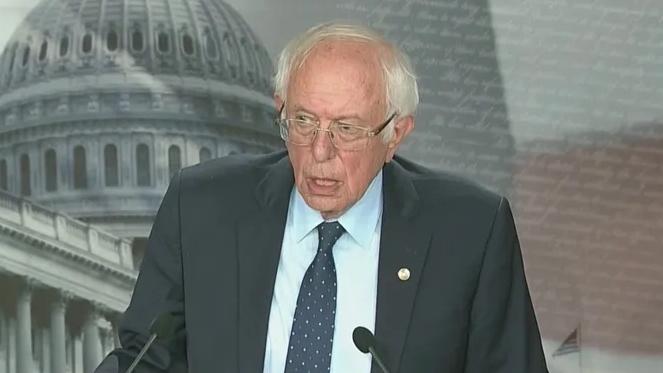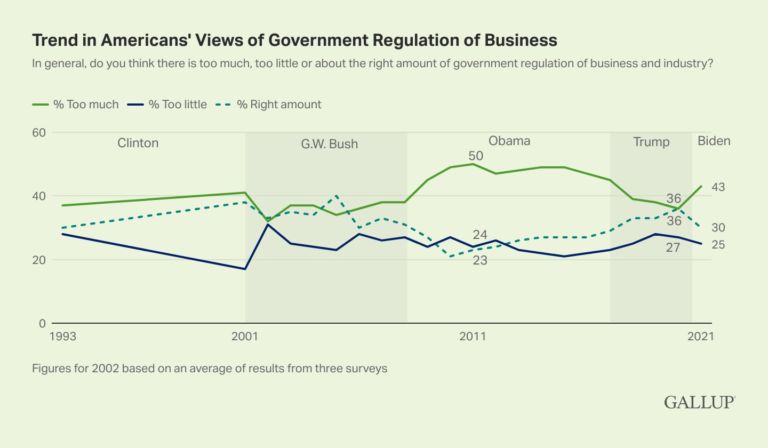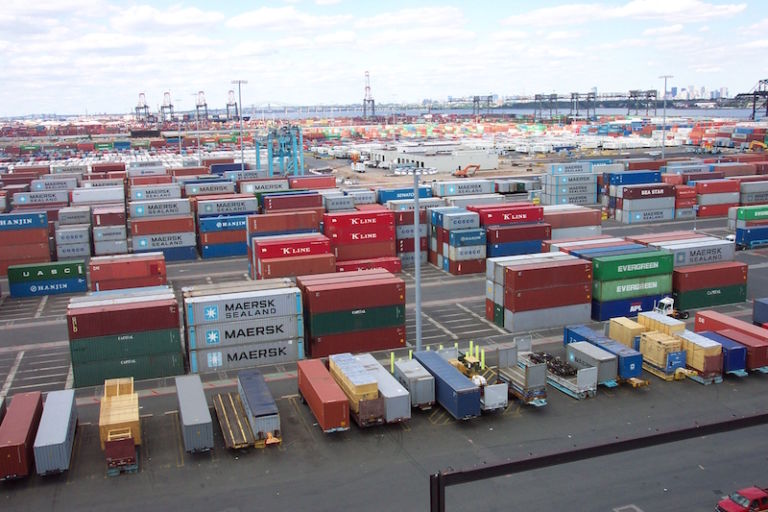Not that long ago, any instability in the Middle East caused oil prices to soar, and with them, retail gasoline prices. I was thinking about this yesterday when fueling up my car. The pump price, I noticed, was a little lower than it was last week.
In itself that isn’t all that unusual, but this past week sure was — the media talking heads were apoplectic that the U.S. had just started “war with Iran,” while social media was replete with talk of “World War III.”
It was the third week of heightened tensions involving Iran and the United States. Yet retail gasoline prices in Raleigh are a little lower than they were on Dec. 27, when missiles by an Iran-backed militia killed a U.S. contractor and touched off the hostilities (see below) that led to this week’s hysterics.
So why have retail prices been so calm? I think a big reason is that speculators were more informed, circumspect, and less inclined to believe that Iran and the U.S. were truly on the brink of war.
Another reason, however, is thanks to fracking. We are simply not as concerned about Middle East instability creating disruption in the supply of oil here as we used to be.
Notes on the graph:
- Temporary price spike related to holiday travel
- U.S. contractor killed and four U.S. service members wounded by a rocket attack by the Iran-backed militia group Kataib Hezbollah, strongly linked to Iran’s Quds Force, a “covert section of the Islamic Revolutionary Guard Corps,” against the K1 military base near the Iraqi city of Kirkuk
- U.S. strikes five Kataib Hezbollah sites, killing 25 fighters
- Supporters of Kataib Hezbollah storm the U.S. embassy in Baghdad
- U.S. troops drive protesters out of the U.S. embassy in Baghdad
- In Baghdad, U.S. airstrike kills Iranian General Qassem Soleimani, who was leader of the Quds Force
- Iran fires over a dozen ballistic missiles with no U.S. casualties at U.S. military bases in Ain al-Assad and Irbil
For more information, see:



